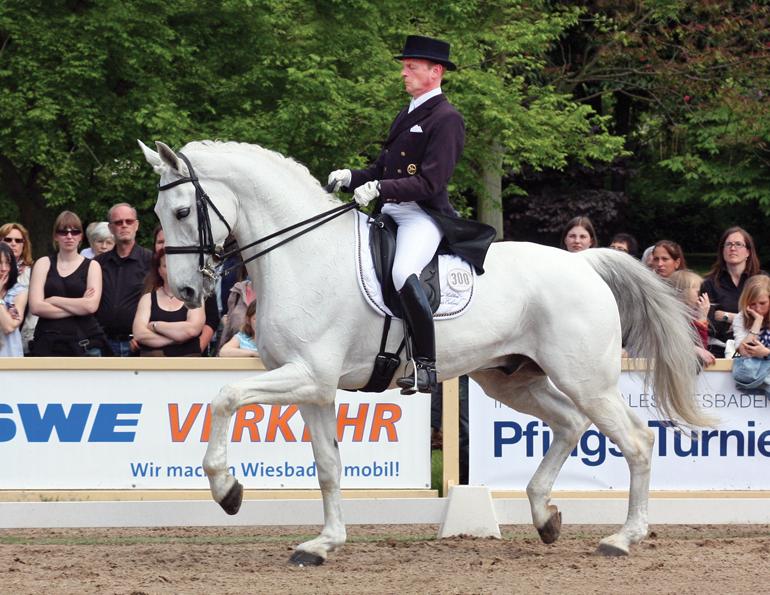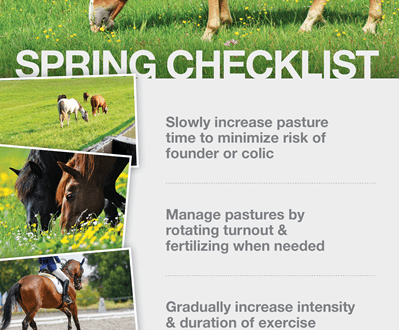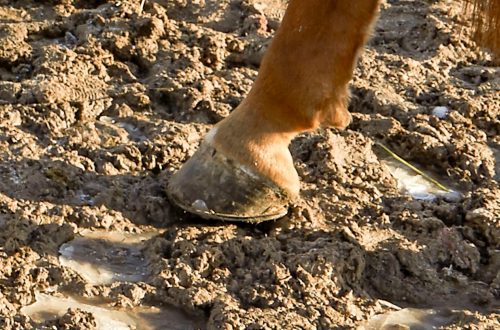
About some research in the field of psychology of sport horses
About some research in the field of psychology of sport horses
It is well known that the first component of the success of a sport horse is its physical form. But what about her psychological state? During competition, most horses show signs of stress to some degree. But what level of stress can directly affect the quality of jumps, elements, etc.? Can the rider positively or negatively affect the psychological state of the horse?
In recent years, these issues have increasingly become the subject of discussion and research. More and more attention is paid to the psychology of sport horses. Already today, scientists have managed to obtain interesting results, the consideration of which can help athletes and their horses in practice.
Just as a Shetland pony will never win the Kentucky Derby, so a horse with an inappropriate temperament for a particular equestrian discipline will never succeed in it.
In the September 2012 article “Psychological Factors Affecting Horse Performance” in BMC Veterinary Research, British researchers Dr. Sebastian McBride of the Royal Agricultural College and Professor Daniel S. Mills of Lincoln University reviewed current research and found that The mood, mood and emotional nature of a horse play a significant role in how productive it can be in competition. The authors state that “Psychological factors appear as three interrelated, but distinct constituents: temperament, mood, and emotional response. Temperament is a relatively stable component that exists under the influence of the genotype and early experience, while mood is described as a fickle, temporary state of psychological functioning that affects the choice and pattern of behavior in a particular environment. Emotional reactions are the factor that most strongly stimulates the occurrence of affective states, has the shortest lifespan and describes the most immediate response to the subjective assessment of the event. Like physiological traits, psychological traits, including temperament, are the product of an interaction between a factor determined by the genotype and an environmental factor. McBride and Mills describe the optimal genotype (physical and psychological) for a horse to suit a particular equestrian discipline: discipline. Therefore, it is very important not only to succinctly define the biological basis of temperament, but also what components (at the level of specific forms of behavior and behavioral predispositions) are necessary to achieve success within this discipline.
For example, English Thoroughbred horses are often have impulsive and “hot” temperament, and quarter horses are generally quite phlegmatic. But such temperament is necessary English Thoroughbred on the jumps. If she were calm like a quarterhorse, her peculiarity would be seen more as a disadvantage and hinder the development of her sports career. Definition objective criteria for evaluating a horse’s temperament and specific features that determine its predisposition to a particular discipline will help us judge with a considerable degree of confidence about the prospects for its use in sports and will be a useful tool for creating effective training schemes. “We’re doing research into defining the behavioral criteria of a horse at an early age, and there’s quite a lot of research on various horse training strategies to keep the stress level of the horse under training to a minimum,” writes McBride.
The research report also states that temperament testing is only useful if we are interested in the horse’s intended reactions to a series of situations that will occur repeatedly over a long period of time. Some studies have shown that although individual horses show consistency in their reactions to various tests, their reactions may change over time.
Understanding the temperament of a young horse will enable riders to appreciate its future potential. This will allow them to better plan the choice of horse and the direction of its use, as well as training. However, according to the authors cited by us, “it will take a lot of time and research to cover the full range of factors in the development of horse temperament at a young age, which is necessary for subsequent correlation in the context of a particular discipline.” While temperament is heavily influenced by genetics, a horse’s mood and emotional responses are largely shaped by stressors in a given situation.
However, an experienced rider, using the controls correctly, has a significant impact on the horse’s mood and emotional responses. “Ultimately, top riders intuitively determine the psychological characteristics of their horses and work in the right direction,” McBride writes. “However, we often see refusals, run-outs, rejections, horses get out of control, which means that such behavior needs to be prevented by conducting some kind of training that would help manage the psychological mood of the horse. The research that has been conducted in the field of studying mood and emotions is mainly reduced to the concepts of optimism and pessimism. If the horse’s mood at the moment is negative, pessimistic, then, in all likelihood, his emotional reaction to a particular situation will be negative, which will likely lead to a decrease in performance.
McBride and Mills point out that assessing a horse’s mood before a competition can be very helpful, but more research needs to be done in this area. Our understanding of a horse’s mood and emotional response may be wrong. There is a need to understand the effect of the rider’s emotional state on the horse. McBride and Mills write: “Horses are known to respond differently to rider attitudes (positive or negative). They can detect rider mood swings in competition conditions.”
However, the results of another study, carried out by a group of researchers from the University of Veterinary Medicine in Vienna in collaboration with the Ecole Nationale d’Equitation in Saumur, suggest that the emotions of the rider do not have much influence on the behavior of the horse.
This study included the measurement of various stress-related parameters, including salivary stress hormone levels and horse and rider heart rate regularity under specific competition conditions. The first measurements were taken during the warm-up, away from the audience, then during the actual work in front of an audience (1000 people). According to the research report (“Cortisol production, heart rate and heart rate variability in horse and rider under different conditions – competition and training”), the results of the first measurements were comparable to those expected by the researchers. Stress symptoms—higher salivary cortisol concentrations and more erratic heartbeats—were documented in both horses and riders, with riders showing significantly higher levels of stress when performing in front of an audience. No wonder – even experienced riders experience stage fright. The horses did not show any change in stress levels while performing in front of an audience. Their reaction to the work did not depend on the presence of the audience. These results came as a surprise to the research team because they indicated that riders were not passing on their increased stress levels to the horse. This lack of communication between rider and horse was completely unexpected. “We expected that the stress experienced by the rider would also affect the condition of his horse, but this is not the case,” writes Christine Aurich (University of Veterinary Medicine Vienna). “However, we must keep in mind that we have worked with experienced horses and very experienced riders. Our results cannot be generalized and applied to inexperienced riders, who may be less able to prevent their horses from showing signs of stress.”
Research into the psychology of the horse and its impact on performance in sport in relation to the relationship between rider and horse is ongoing. Undoubtedly, their future results can be very useful for both riders and horses. The physical and psychological characteristics of a horse’s performance must be taken into account when predicting its success in a particular discipline, as well as when designing a training program that will include mechanisms to reduce emotional overreaction in competition conditions.
Margaret Evans (source); translation by Valeria Smirnova.





